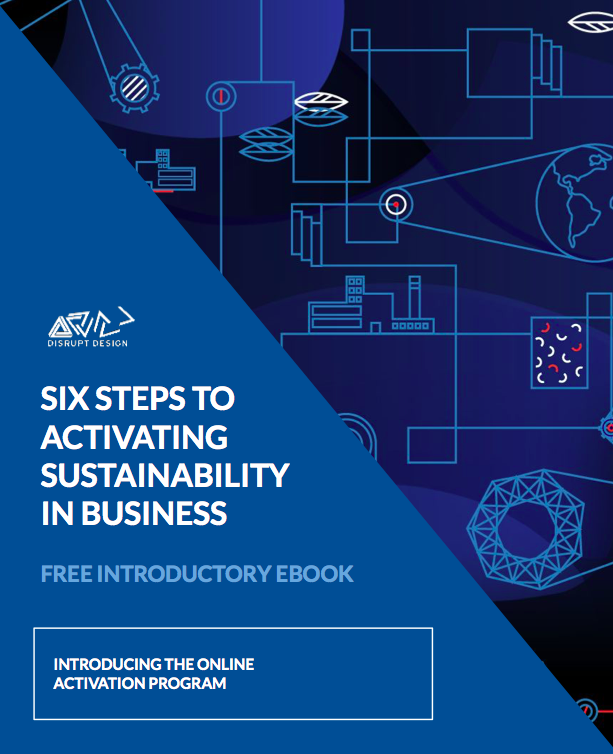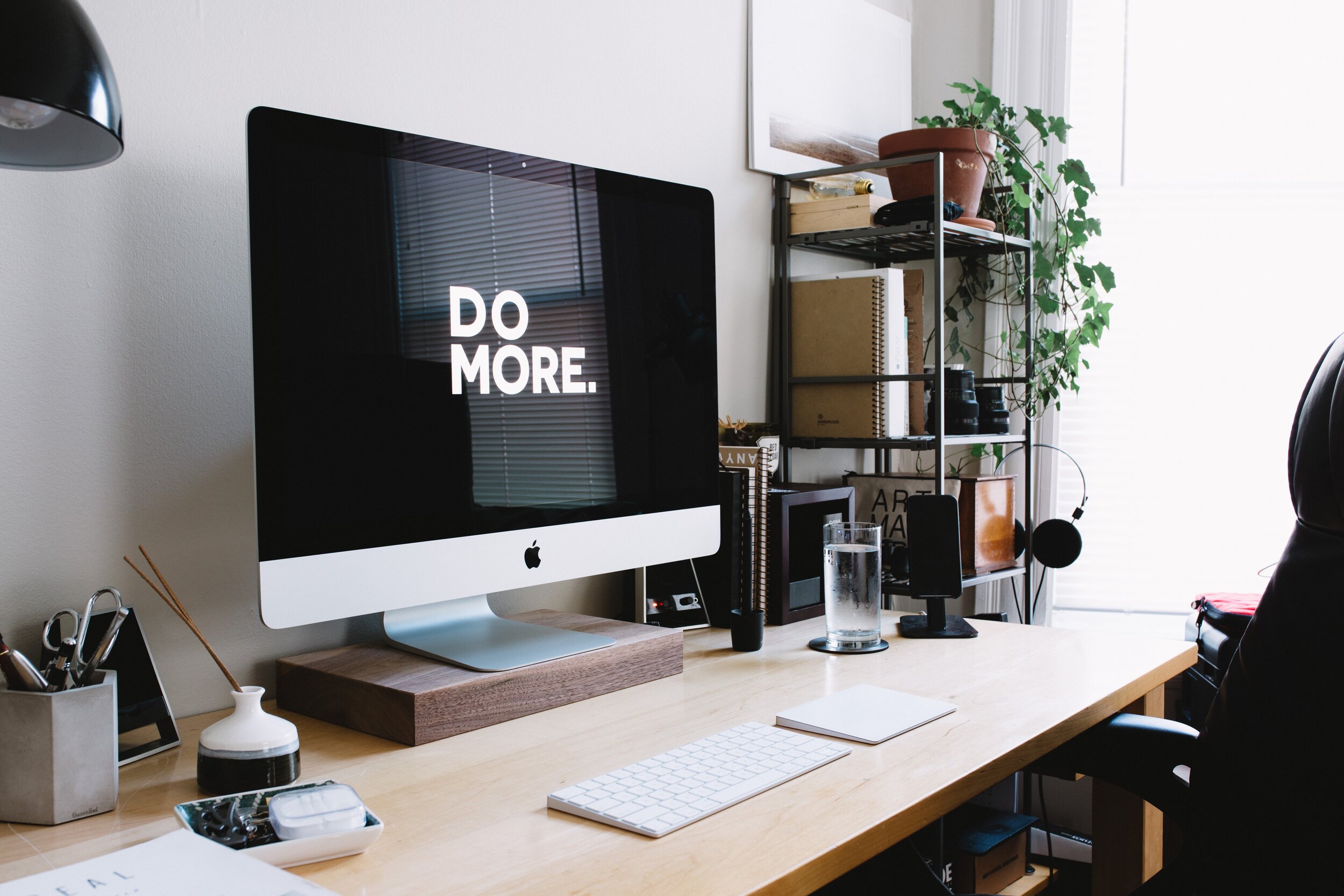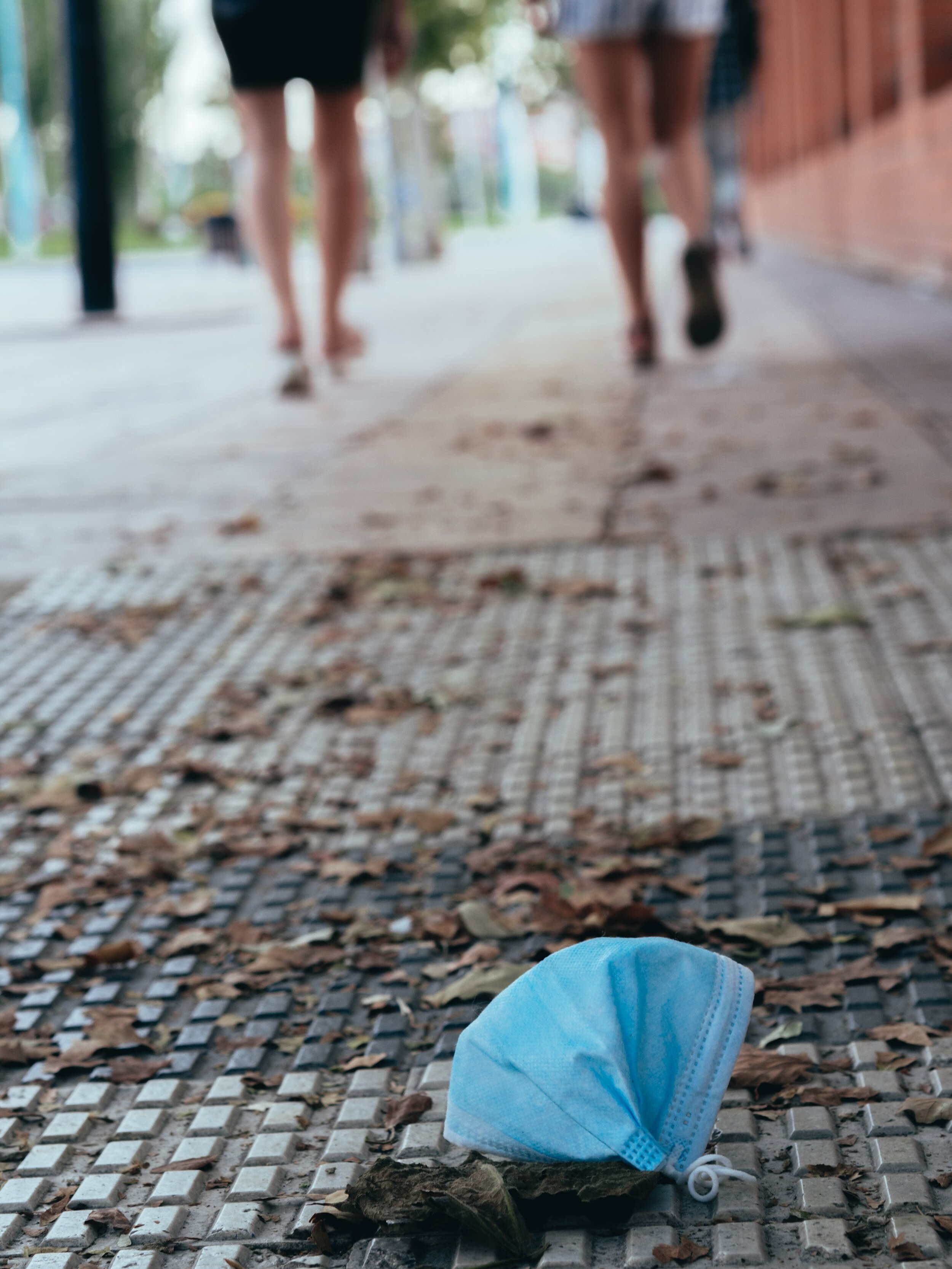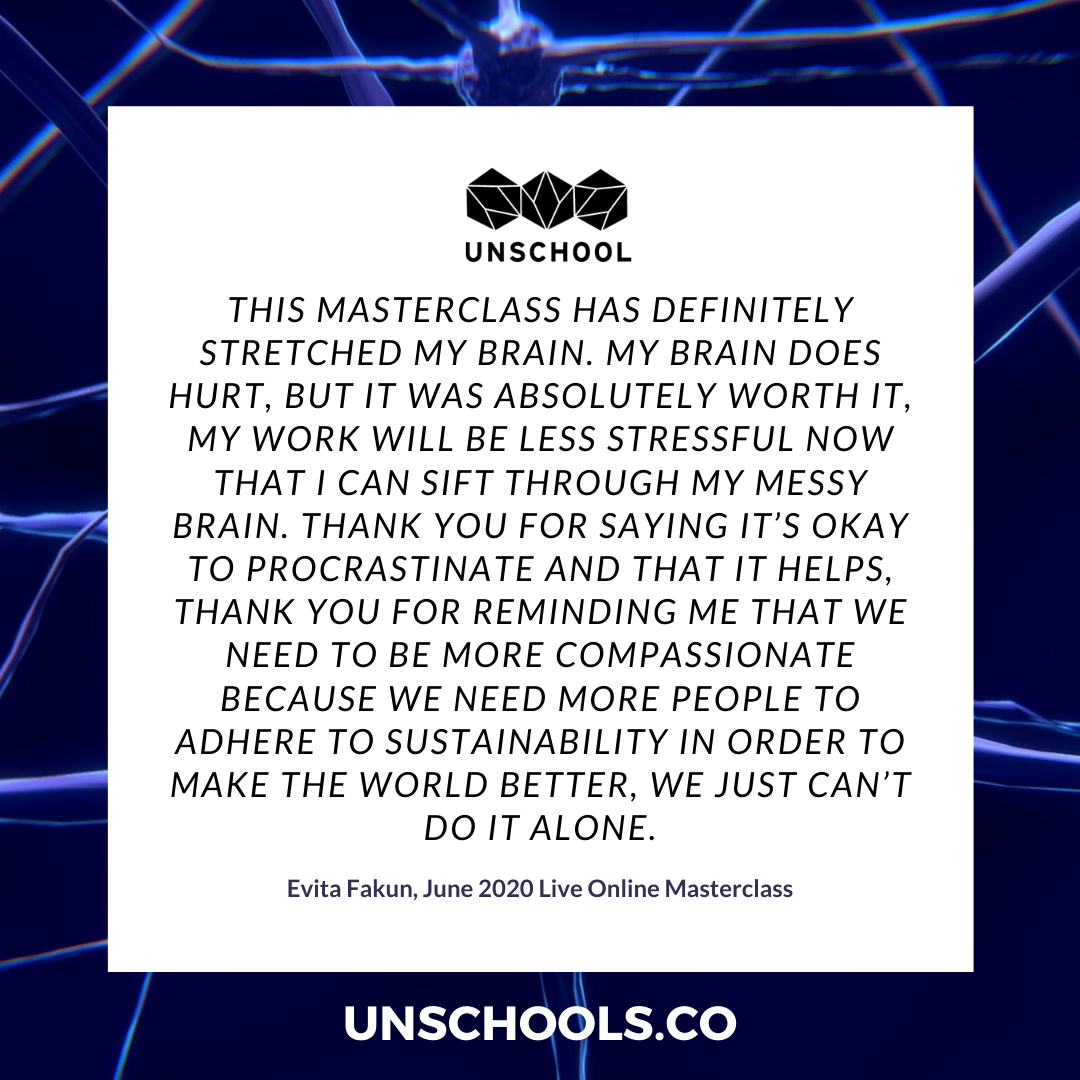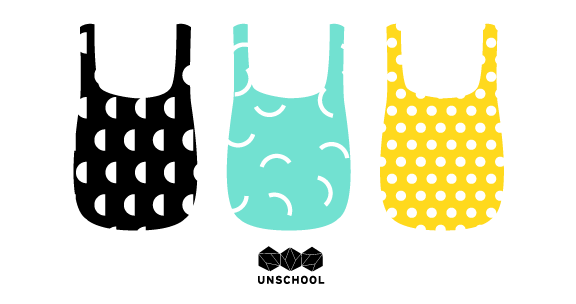The Bans
The European Union just banned a list of 10 everyday disposable plastic products (interesting they avoided bags!?), and there are hundreds of various types of bans in place around the world, ranging from microbeads to expanded polystyrene (EPS) to single-use plastic bags, straws, cups, and utensils.
There are many different ways countries are legislating disposable plastics. Some have a total ban, which basically says if you are caught with these items you are in deep doo doo. Kenya, for example, has the highest with a $38,000 fine if you are caught with a plastic bag (which incidentally has created a fascinating black market for bags).
Taxation is also used to disincentivize product use; often referred to as a “bag tax”, countries like Australia, Sweden, the UK, and many more are using this approach. This is a bit of an easy way out - in a user-pays system, many people with the means will continue to pay the small inconvenience tax (often around 5 or 10 cents), whilst people who are less economically mobile will be burdened with the cost. Then there are also partial bans where certain regions within a country have imposed bans.For example, in the US there is not a total ban of plastic bags, but there are cities that have total bans (like San Francisco). This also applies, in some countries, to plastic bans in religious, historic, or natural sites, as in the states of Goa and Gujarat in India.
Do Bans Work?
Banning plastic cuts off the problem at the source, so at face value, and according to statistics, these bans present an effective and sustainable solution. For example, some widely shared figures tout that Ireland’s bag tax that was imposed in 2002 has led to a 85% reduction in plastic bag litter there. And, according to reports from San Jose, California, their 2011 ban has led to plastic litter reduction of “approximately 89 percent in the storm drain system, 60 percent in the creeks and rivers, and 59 percent in City streets and neighborhoods.”
While these numbers seem promising, things start to get a little more complex when you examine them through a systems mindset. Bans can misdirect the perception of what the problem is; in the case of bags, it vilifies plastic, but many of the alternatives put in place do not fit into a circular economy and are equally as problematic from a whole systems perspective. Paper bags are not as strong, so they are often double bagged. When you look at all the processes that go into making them (such as growing trees, cutting them, bleaching and processing them, and then manufacturing the bag), you start to see that there are ecological impacts at other parts of the system.
Additionally, we’re beginning to see plastic sales increase in other areas as an unintended consequence of bag bans; in California, for example, plastic garbage bag sales increased 120%! This is due to consumers needing bags for things they previously reused their plastic grocery bags for, like collecting household waste and picking up pet waste.
The issue with all of these products being banned is the disposability of them. Paper straws or wooden chopsticks may conjure up more eco-friendly sentiments, but they still cause significant issues when they are designed for single-use outcomes. Banning one product breeds a market for a new one, and then the question is in whether the new one will end up being better than the last disposable item. That is the sustainability question that needs to be answered from the start as we move toward circular design solutions that fit into a circular economy.
Even with items that are designed to be reused, like cotton tote bags, we have to be mindful of the life cycle impacts here too. The Danish Government recently published a LCA of grocery bags, in which they found that you’d have to use an organic cotton tote bag 20,000 times more than a plastic grocery bag in order for it to be better for the environment due to cotton manufacturing impacts like water use, damage to ecosystems, air pollution, and more.
Bans are also interesting to consider from a behavioral perspective. On one hand, they create a new type of normal for people and allow society to shift perspectives on certain things — like the fact that hyper-disposable products are not good for any of us. Bans also force innovation, as people will have to find new ways of meeting their needs. But on the other hand, when something becomes harder to get, it makes it more valuable, which leads to a rise in workarounds to getting the thing that is no longer readily available. What is even more interesting is the physiology of bans — people get really irate when they have something taken away from them. In both Singapore and Australia, for instance, there was a big controversy when the supermarkets tried to ban bags, and a small percentage of very vocal people claimed this was a violation of their rights.
Dissecting the issues with plastic bans here at a high level reinforces the need to examine problems and proposed interventions through a systems lens and a life-cycle perspective in order to avoid creating more problems. While the destruction imposed by plastic makes us all want to jump to a quick-fix-solution, we need to suspend the need to solve and reframe the conversation by emphasizing the real issue of disposability.
Only time will tell if bans help ensure the disruptive shifts we need to get to a better future, but in the meantime, we can all examine how we contribute to disposability in our lives and implement micro-actions to support a sustainable future. As for bags, the best answer for now is simply to reuse the bags you have, no matter what type, over and over and over again. For some ideas on getting started with a post disposable lifestyle that fits into the future circular economy, download our free Post Disposable Activation Kit at UnSchool Online. or take our class on sustainability that covers life cycle thinking.


